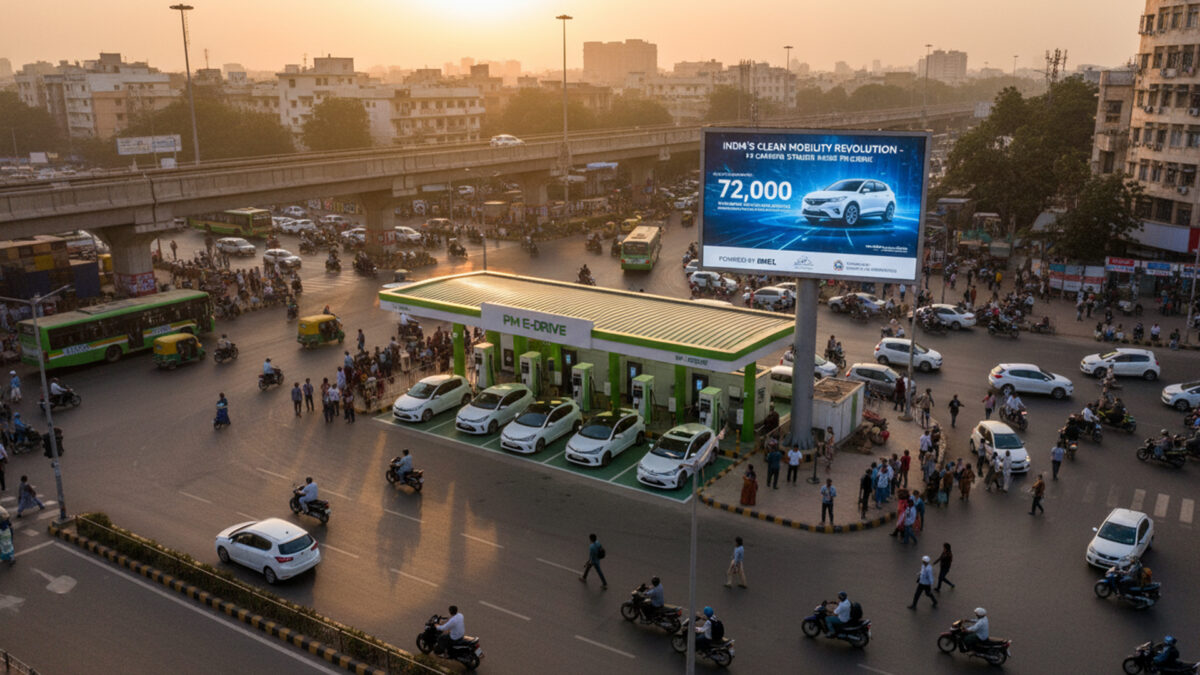India is rapidly embracing clean mobility as part of its evolving automobile landscape. In a significant step forward, the central government has issued detailed guidelines for setting up over 72,000 electric vehicle (EV) charging stations under the PM E-DRIVE scheme. The initiative aims to close infrastructure gaps, accelerate EV adoption, and establish a nationwide charging network across cities, highways, and major transport hubs.
Backed by ₹2,000 crore, the charging infrastructure rollout is a key component of the ₹10,900 crore PM E-DRIVE programme, focused on promoting sustainable transport solutions.
The guidelines introduce a location-based subsidy model to incentivize both public and private sector participation:
- 100% subsidy for government premises (offices, hospitals, educational institutions), provided public access is free.
- 80% subsidy on infrastructure and 70% on charging equipment for transport hubs and government-controlled sites like railway stations, airports, bus depots, and fuel outlets.
- 80% infrastructure subsidy for commercial areas, highways, and city streets.
- Battery swapping and charging stations also qualify for 80% infrastructure support.
The scheme will be implemented by the Ministry of Heavy Industries (MHI), with Bharat Heavy Electricals Limited (BHEL) serving as the Project Implementation Agency (PIA). States and UTs will nominate nodal agencies to identify high-priority locations and submit proposals through a centralized online portal.
Charging stations will be strategically placed in urban centres, smart cities, metro-connected towns, and along high-density transport corridors. Subsidies will be released in two tranches, tied to performance and compliance.
This initiative aims to create a strong, inclusive EV ecosystem and make clean mobility more accessible across India.
Also Read: FADA President: Hatchbacks Here to Stay Despite Rising SUV Dominance
